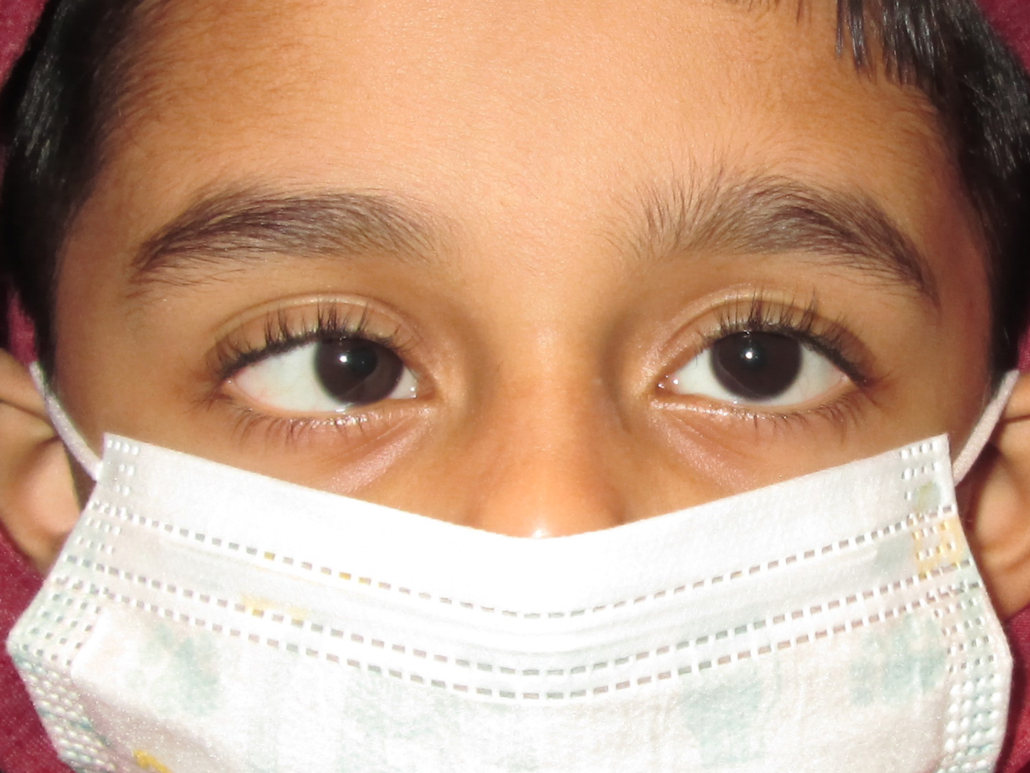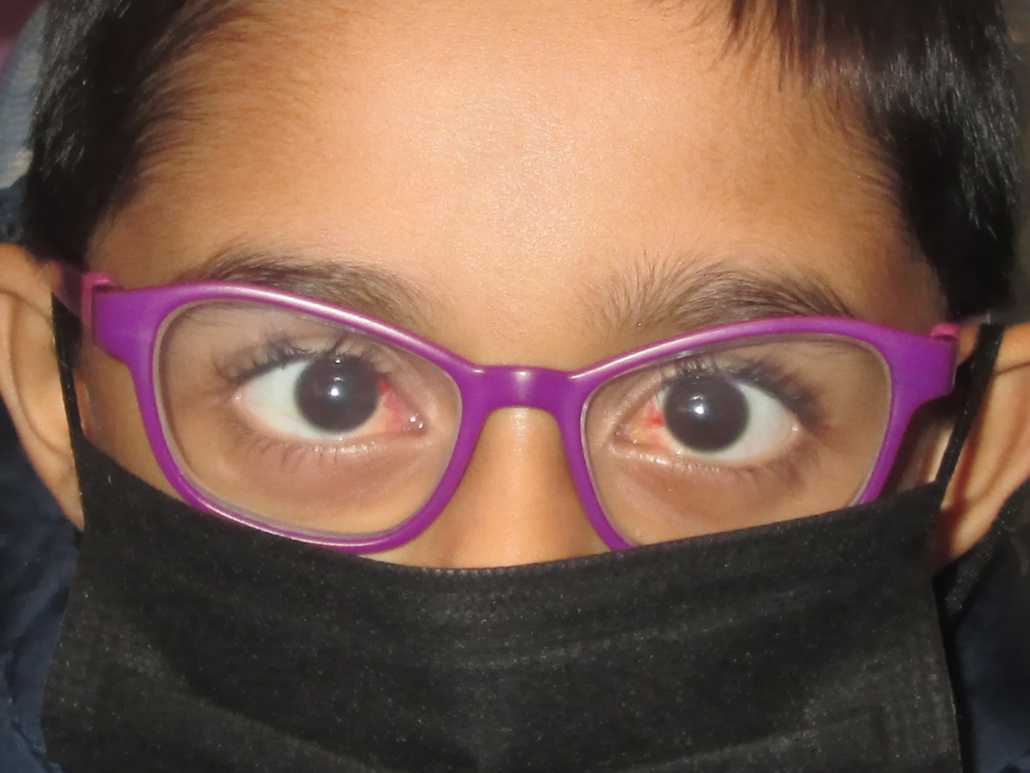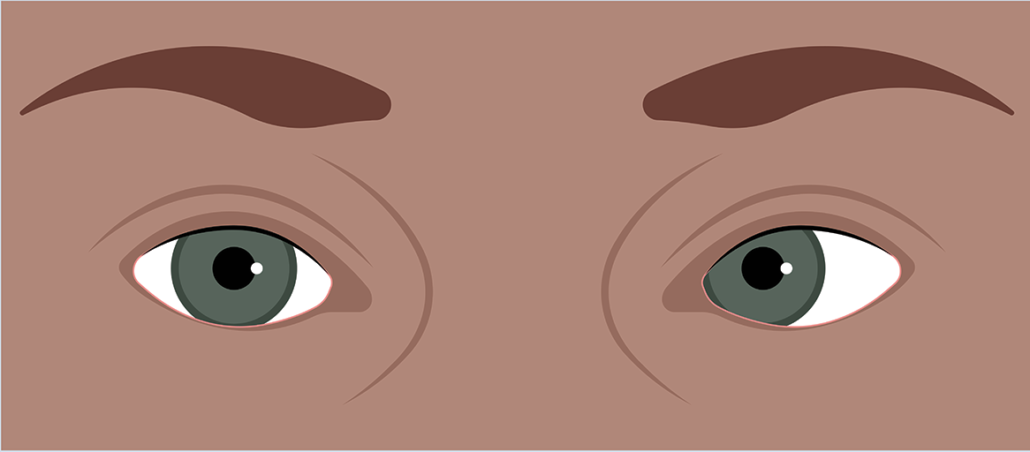A. Accommodative Esotropia
The most common childhood esotropia is caused by blurred vision from excessive hyperopia. While hyperopia is normal in childhood, excessive hyperopia causes a lot of blur. To address this blur, the brain instructs the lens within the eye to change shape to put things into focus. This reflex is called accommodation. During accommodation, the eyes also turn inwards. With high hyperopia, there is excessive accommodation, so the eyes turn inwards excessively. Accommodative esotropia typically presents between 2-5 years of age and usually starts as a “once in a while” occurrence, becoming increasingly frequent. Sometimes babies as young as a few months are affected.
Accommodative esotropia is managed by wearing glasses that correct for the hyperopia and relax accommodation. Because the glasses do the focusing, accommodation is relaxed and the eyes do not turn in. Therefore, wearing glasses controls the esotropia but does not get rid of it; when the glasses come off, the eyes will turn in.
Sometimes, despite the proper glasses being used, the eyes still turn in; this is a mixed mechanism esotropia as there are both accommodative and non-accommodative factors. Mixed mechanism esotropia is managed with surgery and glasses. Surgery does not correct the hyperopia (and blur), so glasses are still needed after surgery to keep the eyes straight.
B. Infantile Esotropia
The other common form of childhood esotropia is infantile esotropia. These babies demonstrate esotropia within their first 6 months. Here, there is something wrong with the part(s) of the brain that keep the eyes straight and the depth-perception is abnormal. The ideal treatment would be fixing the brain cells directly, but nobody knows how to do this. We can, however, surgically reposition the muscles that rotate the eyes to make the eyes straight. Surgery for infantile esotropia is safe and effective, but it is important to remember that the basic problem remains: brain control is essentially faulty. With infantile esotropia, 80% of patients will have straight eyes for their entire life after one surgery.






